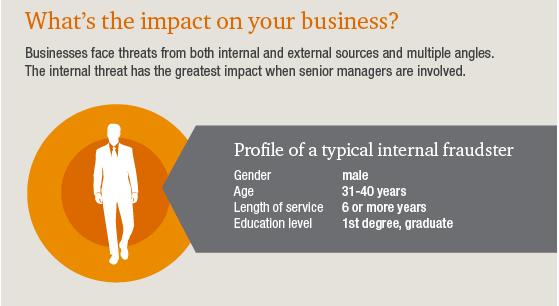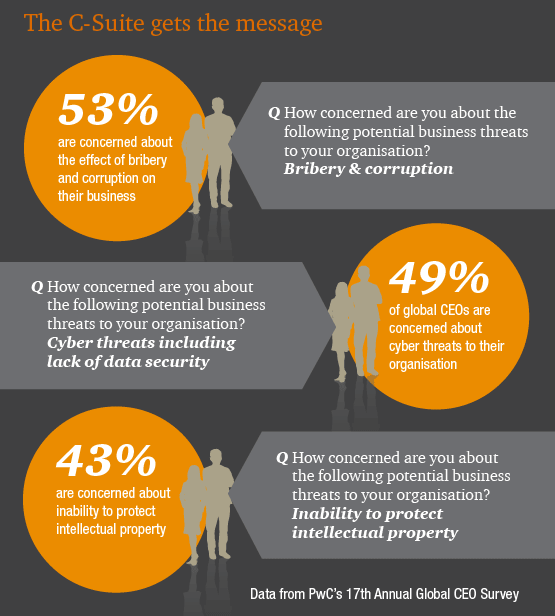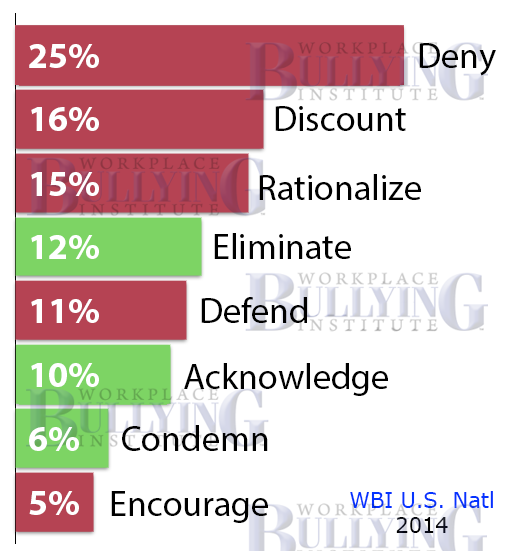Employee turnover creates tremendous risk—resources are lost in recruitment and training, productivity lags with insufficient staffing, intellectual property can be exposed, and no company wants to get a reputation as a place where no one can stay very long. Further, the implications for workers comp, lawsuits and insurance extended to employees can cause headaches long after a desk has been cleared out.
A few recent studies highlight some of the biggest factors contributing to employee turnover resultant human resources risk, and what managers can do to keep staff and avoid risk.
Why Employees Leave
A new “exit survey” conducted by LinkedIn among members from five countries found that top reason workers left their jobs was because they wanted greater opportunities for advancement. In a related study from the social network, the number one reason employees who were not actively seeking a new job would be willing to leave was for better compensation or benefits. Regular performance reviews and assessments that open up opportunity for advancement in both responsibilities and salary can help keep employees engaged—and prevent feeling they have to stray to stay on top.
Room to Improve
Another recent study from LinkedIn found that 69% of human resources managers thought that employees were well aware of internal advancement programs. Yet only 25% of departing employees said they knew about these opportunities. In fact, of those who stayed within the company and found a new position internally, two thirds found out about the opportunity through informal interaction with coworkers. Strengthening formal retention and advancement programs and improving awareness of these initiatives may go a long way toward getting employees to use them.
Why New Hires Quit
One in six employees quits a new job within six months — and 15% either make plans to do so or quit outright within that time frame, according to Time. HR software company BambooHR found that the primary factor was “onboarding problems”—in other words, HR or managers are failing to properly orient new hires and integrate them into the workplace. This may seem silly, but they could have reason to feel this is a fatal flaw: research from John Kammeyer-Mueller, associate professor at the University of Minnesota’s Carlson School of Management, found that there is only a 90-day window for settling in. If your new employee is not caught up to speed by then, you may see them walk out the door.
Getting Employees to Stay
CareerBuilder surveyed thousands of workers recently to gain insight into why they decide to stay or go. Of those who plan to stay at their jobs, the top reasons they did not want to leave included: liking the people they work with (54%), having a good work/life balance (50%), being satisfied with the benefits package (49%), and feeling happy with their salary (43%). Of those who are unhappy, however, 58% said they plan to leave in the next year. Making sure these bases are covered is a strong step to keeping your top talent at their desks.
Check out the infographic below for more of LinkedIn’s insights into why employees leave, and what you lose when they go:







